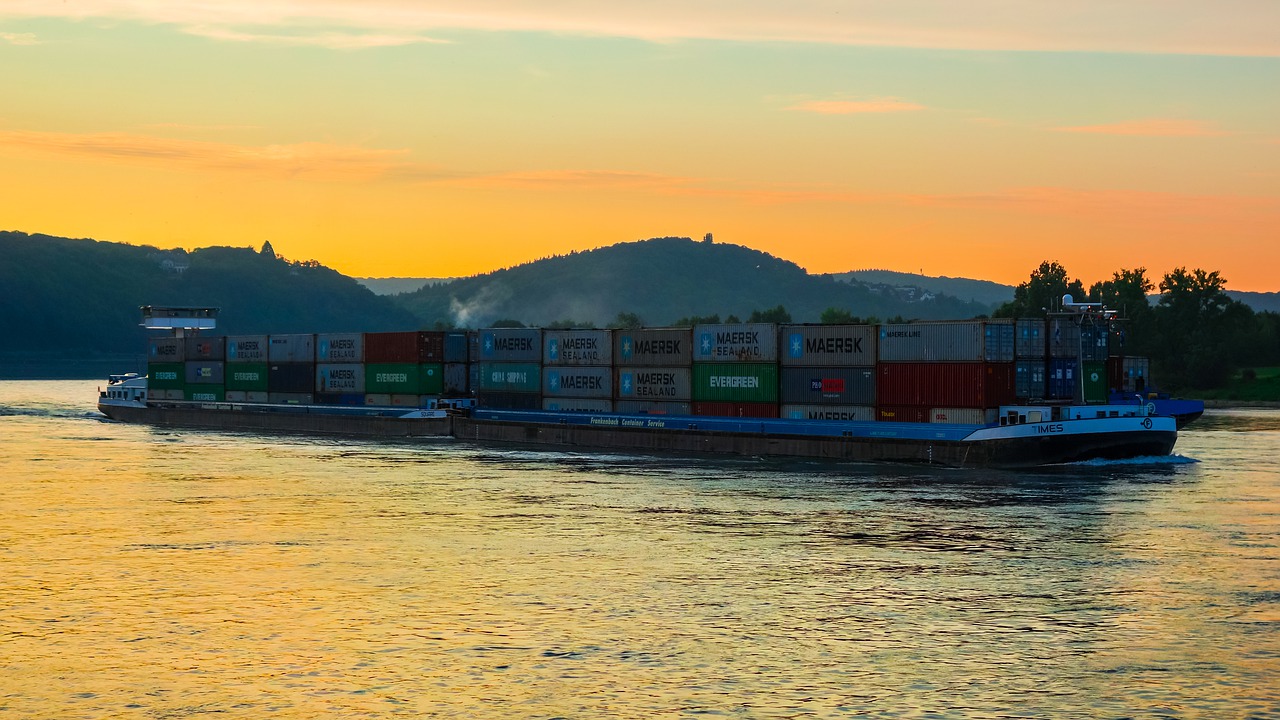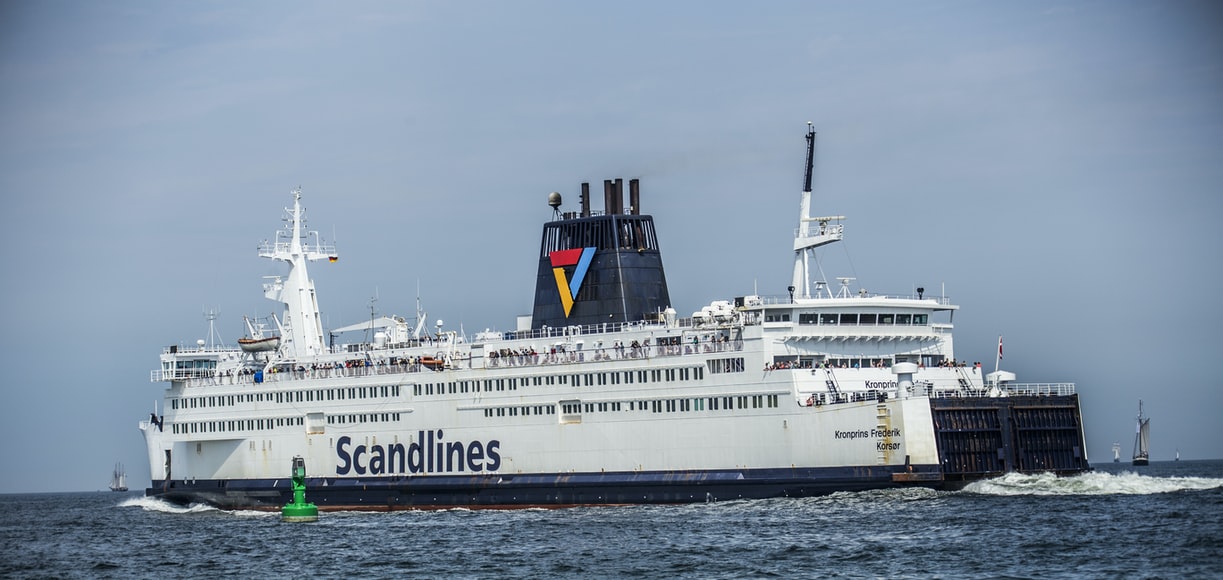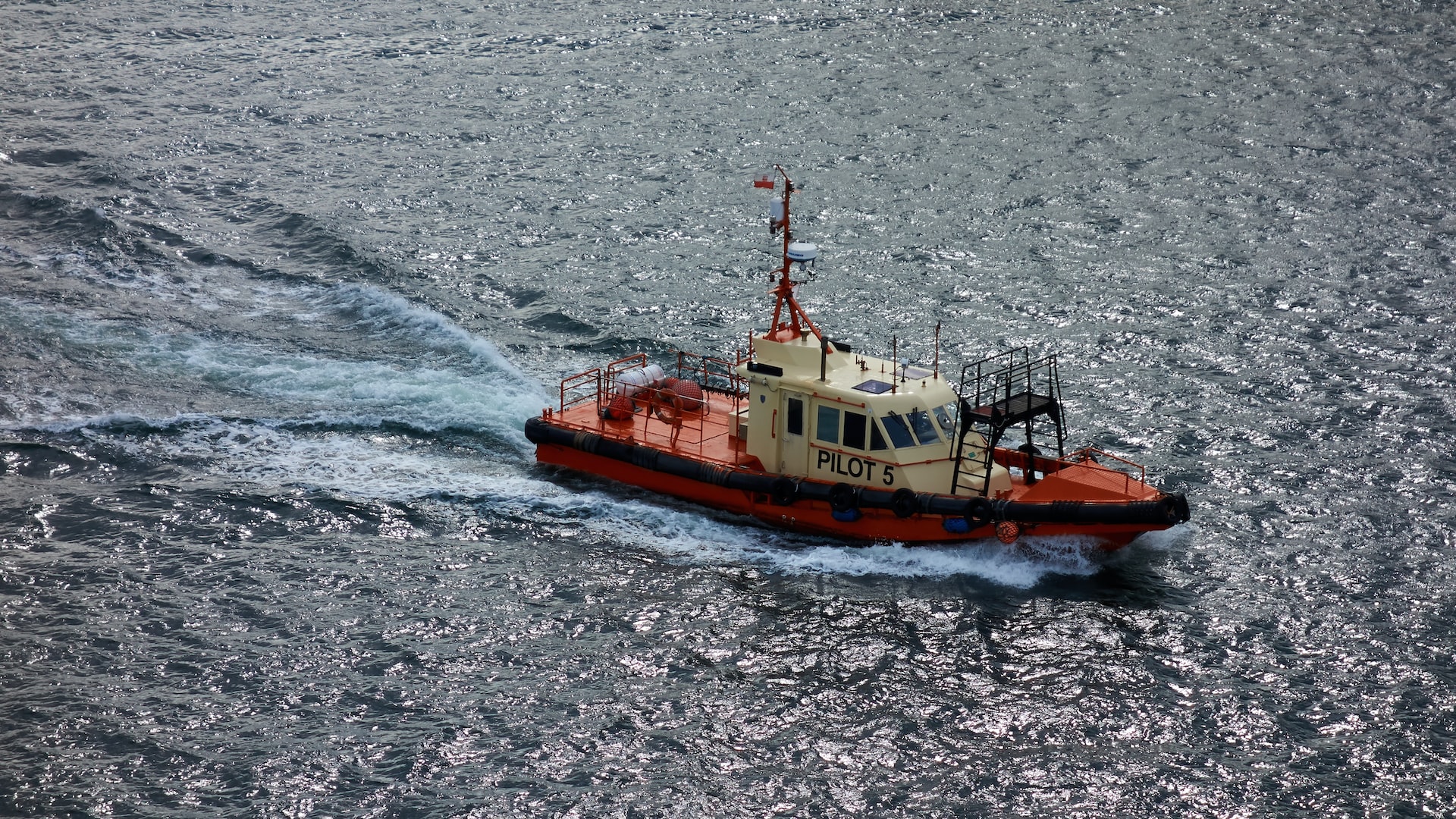Your Guide to Types of Boats, Yachts, Ships & Vessels
Oct 21, 2021 · 13 mins read ·
Shipping & Vessels
Whether you’re interested in finding out more about seafarer jobs and working on a ship, you’re looking for more information on all things vessel related, or you’re wondering what life at sea is really like, the Martide Seafarer Blog is definitely the right place to come!
Normally we cover everything to do with finding jobs at sea, seaman work, seafarer resumes, maritime job seeker tips, careers in the merchant navy, and even some fun things like seafarer quotes, nautical facts and inspirational quotes for seamen.However in this series of posts we’re going to be taking a look at different types of vessels.
A deep dive into some different types of boats, yachts and ships
It will come as no surprise to anyone that there are a whole host of different boats, ships, vessels, and other forms of watercraft out there. From the smallest, most lightweight canoe to traditional sailing clippers and ferries and from container and cargo ships to icebreaker ships, tugboats, fishing boats, crane vessels, gas carrier ships, offshore vessels and lightships, there is quite simply no end of different topics to explore.
Read more: Everything You Need to Know About Coaster Vessels
At Martide we help shipping companies and manning agents find qualified seafarers for their vacant jobs on ships, and we also help them run their maritime recruitment and crew planning operations more smoothly and efficiently with our custom built software as a service.
For seafarers, we help them create an impressive online seaman resume and seafarer profile which puts them in front of crew managers and manning agencies. We also make it far easier for seamen and women on the go to find jobs on ships through our free seafarer job app, which is available from Google Play and the App Store.
What this all means is that we work closely with people and companies in the merchant navy, and therefore the ships that our crew managers are managing and operating are vessels such as:
- Cargo ships
- General cargo ships
- Oil tankers
- Container feeders
- Container ships
- Bulk carriers
- Bulk/oil carriers
- Car carriers
- Chemical tankers
- Gas tankers
- Heavy lift vessels
- RoRo ships
- Livestock carriers
- Refrigerated cargo ships
- LNG and LPG tankers
- And more!
(Tip: if you’re looking for your next seafarer job contract, check out our job vacancies here!)
Now, everyone has heard of cargo ships, container ships and oil tankers - but what are some of the other types of vessels? If you don’t work in a seafarer job you might be wondering what on earth a RoRo ship is, or a container feeder.

Don’t worry because if you want to find out more about different types of vessels, we’ll explain all of these ships and many more besides.
A brief overview of some different types of merchant navy vessels
What follows is a very quick look into some of the different types of merchant navy vessels that our shipowner clients own, manage or operate. We’ll cover all of these in much more detail in separate blog posts.
Ever thought that a cargo ship and a container ship are two different names for the same thing? Carry on reading...
What is a cargo ship?
A cargo ship, also known as a freight ship or freighter, is a type of vessel that transports goods - AKA cargo or freight - from one place to another. Generally speaking, cargo ships are divided into categories depending on the goods they carry.
For example: Bulk carriers are a type of cargo ship and they transport solid bulk loads (minerals, cement, grains etc.) They come in various sizes and classifications, such as Handymax, Supramax, Panamax and Suezmax.
Read more: Everything You Need to Know About Cable Laying Ships
Meanwhile, general cargo ships typically carry clothing and accessories, furniture, packaged foods, machinery and equipment. They do not usually carry containers.
Container ships, as the name suggests, do carry containers and it is these ships that we most associate with shipping and the merchant navy / merchant marines.
What is an oil tanker?
No prizes for guessing that an oil tanker carries...oil. Specifically, raw oil. The main difference between an oil tanker and a container or cargo ship is that a tanker will carry a pumping system onboard so that the oil can be loaded and unloaded.
What is a RoRo ship?
RoRo (or Ro-Ro) is short for roll-on / roll-off. This refers to the fact that the cargo these vessels transport is wheeled - and can therefore be rolled on to the ship and off again when it reaches its destination. The sort of cargo we’re talking about here are cars, trucks, vans, busses, trailers and even trains.
Many passenger ferries are also RoRo vessels as they allow people to drive their car onto the ship to be transported to another port.

What is a container feeder vessel?
A feeder vessel or container feeder is a mid-sized ship whose primary purpose is to collect shipping containers from ports and deliver them to central container terminals or hubs where they are then loaded onto larger container ships for onward transport. In this sense, the feeder vessel is ‘feeding’ the larger ship with containers.
What is a heavy lift vessel?
Heavy lift vessels (HLVs) are enormous ships that have been designed to carry cargo that normal container ships are unable to carry. We’re talking about cargo that could be anything from an oil rig, to dredging equipment, to floating dry docks and even another vessel.
What is a dredger?
A dredger is a vessel that is equipped with a tool (called a dredge), that draws, sucks, excavates or scrapes sediment such as sand, silt, gravel, trash, rocks, debris and animal and plant matter from the ocean floor, sea bed, lakes or a waterway such as a river, estuary or canal. Dredgers are somewhat similar to mining ship.
What is a cruise ship?
Is a cruise ship part of the merchant navy? While it may not be carrying cement, pet food, medicine or bananas as part of its cargo, a cruise ship, or cruise liner, is still a commercial vessel that is staffed by civilians who work in seafarer jobs.
Obviously a cruise ship is a lot more luxurious than a cargo ship or an oil tanker; it’s main purpose being to bring pleasure to its passengers - who often pay a considerable amount to enjoy their vacation onboard. The journey itself is just as much a part of the experience of cruising as the ports of call the ship visits along the way.
We’ll take a look at more vessel types in this series of articles in a lot more detail, so keep reading if you’d like to learn more!
Meanwhile let’s dive into a few more related questions. Such as…
What is the difference between a boat and a ship?
Boats and ships are two fairly similar things - with a couple of major differences. If you’re thinking ‘boats are smaller than ships’ then you’re on the right track.
A boat is a small to medium sized vessel with a much smaller capacity for carrying passengers or cargo. Unlike a ship which has typically been built for the very purpose of transporting freight or people.

Generally speaking a boat is used for both commercial and recreational purposes while a ship will be used commercially, whether it’s a cruise liner or a container ship.
Boats and ships also operate in different waters with ships plying their trade on the oceans and boats remaining on inland waterways such as rivers, canals and lakes, as well as closer to the coastline - think lifeboats, fishing boats, pilot boats and even fireboats.
Due to their difference in operating areas, the methods of propelling the vessel through the water are different too. Boats can be powered by motors, sails and even sheer human force (such as rowing) Needless to say, you don’t find many modern container ships powered by wind these days - or by oar! - and the vast majority of ships run on engine power.
Having said that, there are other methods of propulsion and of course there are larger sailing ships which are powered by a combination of sail and engine.
In a nutshell, it has been said that if you’re really looking to get down to the nitty gritty of what the difference between a boat and a ship is, remember that “A ship can carry a boat, but a boat cannot carry a ship.”
What is the difference between a boat and a yacht?
Now this is where it can get a little bit tricky: a yacht is a boat...but not every boat is a yacht. Confused yet? Let’s take a closer look.
First of all, let’s look at the origins of the word ‘yacht’. As per the Britannica Dictionary:
“The English word yacht and the equivalent word in many European languages comes from the Dutch use in the 16th and 17th centuries of the word jaght, later jacht, which, with the word schip added, meant “ship for chasing.”

So we can assume from this, that yachts are generally faster than most boats. Generally speaking, a yacht has a more powerful engine than a boat, and can be propelled either by engine or by sail (or by both.) Boats, while many do have engines, can also be powered by oar or sail. Thanks to their superior engines, yachts tend to be able to travel longer distances than boats.
Size has a part to play too and although there isn’t really a definite rule as to what length makes a yacht a yacht, normally to be classed as such, a vessel should be at least 35 feet in length. However, we’ve all seen pictures of mega yachts and superyachts - some of which can reach up to in excess of 200 feet!
So what are yachts used for compared to boats? You’d be right in thinking that a yacht is typically a vessel of leisure. Its defining features are that of comfort, luxury - and people who have a LOT of money to play with.
Yachts are a pleasure craft and come with all the creature comforts someone used to the finer things in life requires. For example, highly finished interiors, luxury cabins, decks for relaxation, a hot tub, and a galley (with its own private chef of course!)
Meanwhile a boat - which is a more generic word - can be used to describe a wider range of vessels. Anything from a paddle boat on a park pond to a container ship can be described as ‘a boat’ and with that in mind, the definition of what a boat actually is, is broader.
Like yachts, boats can also be recreational: Think of small cruisers, motorboats, canal boats and non-commercial fishing vessels. You might take the boat out on the lake or to cruise inland waterways.
However boats have their working uses too: For example, pilot boats (the boats that steer large vessels into and out of ports safely), police and coastguard boats, commercial fishing boats, and lifeboats to name a few.

Guide to different types of boats, yachts, ships and vessels: Conclusion
There’s going to be a lot more to read about in the articles in this series so if you have any kind of interest in watercraft, be it kayaks and canal boats or mega yachts and bulk carriers, keep on reading - and we’ll keep on adding blog posts!
Read the next post in this series: Everything You Need to Know About Cargo & Container Ships

Eve Church
Eve is Martide's content writer, publishing regular posts on everything from our maritime recruitment and crew planning software to life at sea. Eve has been writing professionally for more than two decades, crafting everything from SEO-focused blog posts and website landing pages to magazine articles and corporate whitepapers.
UK



